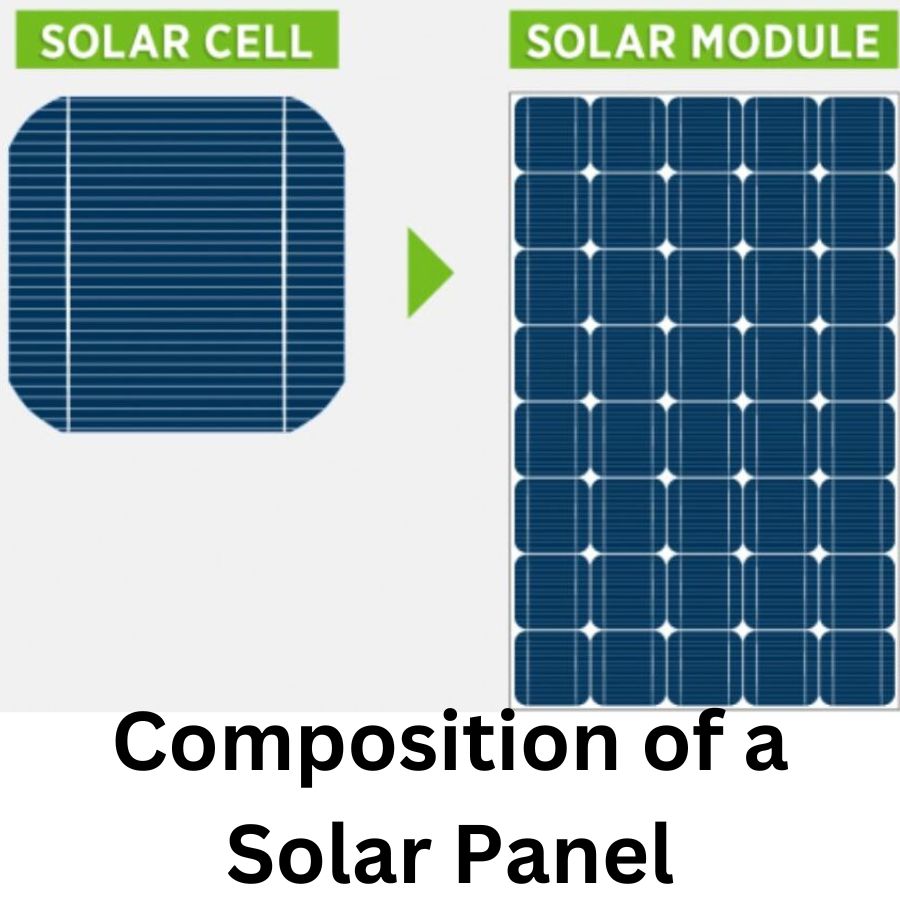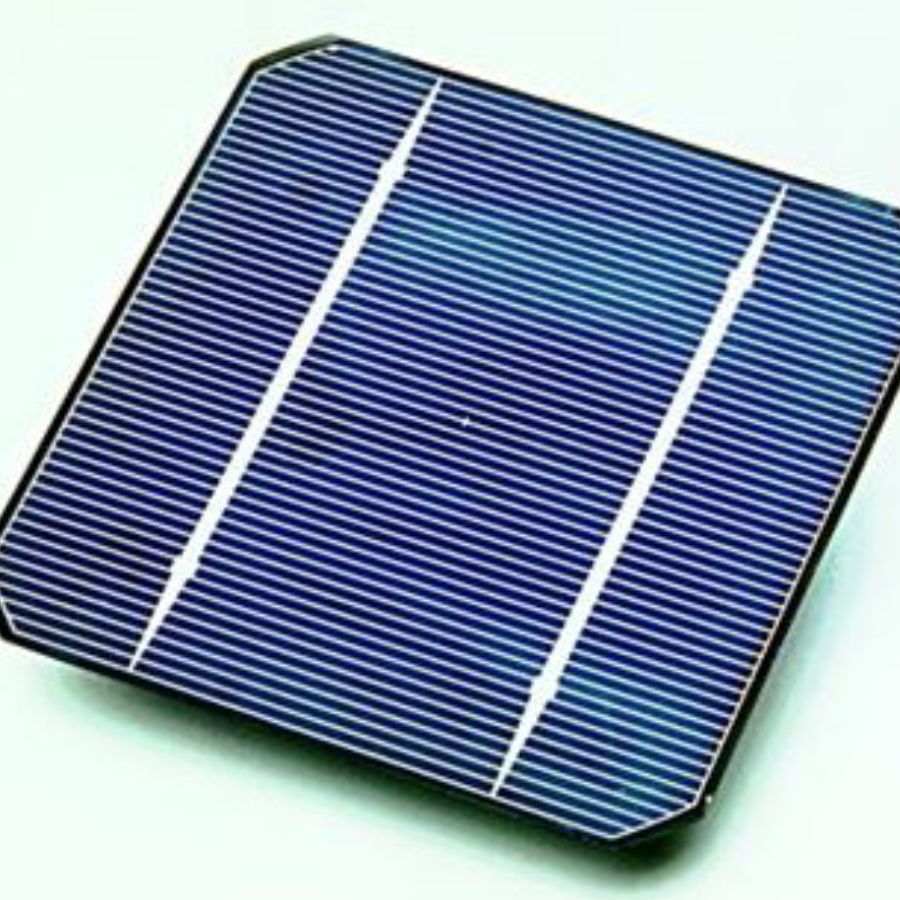Solar panels have become increasingly popular as a renewable energy solution in BC, Canada. They harness the sun’s power and convert it into electricity, making them an environmentally friendly energy source.
One of the critical factors to consider when evaluating solar panels is their efficiency. The efficiency of solar panels pertains to their ability to convert sunlight into usable electricity.
In this ultimate guide, we will explore how to calculate solar panel efficiency and understand its importance in designing an efficient solar power system.
Understanding Solar Panels Composition

Solar panels are composed of individual solar cells that convert sunlight into electricity.
These cells typically comprise silicon, a semiconductor material with unique properties for harnessing solar energy.
Each solar cell produces a certain amount of electrical power, and the panel’s efficiency is determined by how effectively it converts sunlight into usable energy.
What Do You Need to Know for Solar Panel Efficiency Calculation?
To calculate solar panel efficiency, you need to understand two key measurements: the maximum power output and the area of the PV panel.
Maximum Power Output
The maximum output, also known as peak power or peak wattage, is the amount of electricity a solar panel can generate under ideal conditions.
It is in watts (W) or kilowatts (kW).
The manufacturer provides the maximum energy output, which they can find in the technical specifications of the solar panel.
Area of Solar Modules
The area of the solar panel is the physical size of the panel, typically measured in square meters (m²).
This measurement is essential because it determines the sunlight the panel can capture.
The more surface area the solar panel has, the more sunlight it can absorb, resulting in higher energy production.
Solar Panel Efficiency Calculation
Now that we understand the critical measurements let’s calculate solar panel efficiency.
The formula for calculating solar panel efficiency is as follows:
Efficiency (%) = (Maximum Power Output / Solar Panel Area) x 100
For example, let’s assume we have a solar panel with a maximum output of 300 watts and an area of 1.6 square meters. Plugging these values into the formula, we get:
Efficiency (%) = (o.3 kW / 1.6 square meters) x 100 = 18.75%
Therefore, the efficiency of the solar panel, in this case, is 18.75%
It’s important to note that solar panel efficiency can vary depending on factors such as temperature, shading, and the angle of the panel installation.
These variables can affect the amount of sunlight reaching the solar cells and, consequently, the overall efficiency of the panel.
It is recommended to consider these factors when designing a solar system to optimize its performance.
There are also online tools available, such as the solar panel efficiency calculator, that can help you determine the efficiency of specific solar panels to simplify the calculation process.
These calculators often require you to input the maximum output and area of the panel, and they will calculate your efficiency.
Why Is Solar Panel Output Calculation Important?
Solar panel efficiency is a crucial factor to consider when selecting solar panels for your renewable energy system.
Higher-efficiency panels will generate more electricity using the same amount of sunlight as lower-efficiency panels.
You will require fewer panels to meet your energy needs, saving space and potentially reducing installation costs.
When comparing solar panels, it’s essential to consider the overall efficiency of the solar panel system rather than just the efficiency of individual panels.
The system’s efficiency considers factors such as wiring, inverters, and other components that can affect the system’s overall performance.
Working with a professional solar installer can help you optimize the design and ensure maximum efficiency for your solar power system.
How Do You Test the Efficiency of a Solar Panel?
Testing the efficiency of a solar panel involves several steps and measurements. Here’s a general overview of the process:
Set up the Solar Panel
Install the PV panel in an appropriate location to receive direct sunlight without obstructions.
Ensure that the connection of the panel to the measurement equipment is appropriate.
Measure Incoming Sunlight
Use a pyranometer or a solar irradiance sensor to measure the intensity of sunlight hitting the solar cells panel.
This measurement will serve as a reference for calculating the panel’s efficiency.
Measure Electrical Output
Connect the solar cells panel to a load or an electrical circuit to mimic real-world conditions.
Measure the electrical output using a multimeter or a data acquisition system. Record the voltage and current produced by the panel.
Calculate Power Output
Multiply the recorded voltage and current to calculate the power output of the PV panel.
This value represents the electricity the panel generates under the given sunlight conditions.
Determine the Effective Area
Measure the physical dimensions of the solar panel to calculate its effective area.
Multiply the length and width of the panel to get the area in square meters.
Calculate Efficiency

Divide the power output (Step 4) by the product of the effective area (Step 5) and the measured sunlight intensity (Step 2).
Multiply the result by 100 to express the efficiency as a percentage.
Efficiency (%) = (Power Output / (Effective Area x Sunlight Intensity)) x 100
Repeat Measurements
It’s a good practice to repeat the measurements under different sunlight conditions to obtain a more accurate average efficiency.
Testing the solar cells panel at various times of the day and in different weather conditions can provide a comprehensive understanding of its performance.
Bottom Line
In conclusion, calculating solar module efficiency is a straightforward process that involves understanding the maximum power output and the area of the solar cells panel as square meters.
Using the efficiency formula, you can determine the efficiency of solar cell panels, indicating how effectively it converts sunlight into usable electricity.
Remember that solar cell panel efficiency is a percentage and can vary based on temperature, shading, and installation angle.


Leave a Reply